Journaling with children of every age
Nature journaling is a wonderful activity to share with the children in your life. Whether you are a parent, grandparent, teacher or friend, nature journaling can begin when children are old enough to hold a paintbrush and can be adapted as they grow.
I will share my thoughts on nature journaling with children of different ages. Each age group has different needs and challenges and we can sensitively adapt our nature journaling practice to benefit each child as they progress.
When nature journaling with children, it is important to remember to cover their basic needs first. Enure that they are safe, warm, protected from sun and insects and have water and food at hand. When these needs are covered, children are much more able to concentrate on journaling. This is important for all age groups but especially when children are very little.
Having a dedicated nature journaling kit can help make nature journaling easy and fun. If you’re a parent, you can have a backpack for each child with nature journal, paints and pens ready to go. If you’re a school or kindergarten teacher, you could have a box with all the nature journals together which you can grab when the class is ready to go on a journaling adventure. Less time searching for materials means more time journaling!
Early Years (Age 0 - 4)
At this age, nature journaling will involve a lot of talking about the things you see and experience. I consider talking about nature to be nature journaling, at this age. We are ‘writing’ the nature experiences into the hearts and minds of our children. Experiences in nature are something that they will remember for the rest of their lives.
You can use specific language when you’re talking with children, even when they are very young. Instead of using the word ‘bird’ you can say the species name. You will be surprised how young children can begin to identify particular animal and plant species, given the chance.
Say your thoughts out loud and let them do the same. Tell them what you see, the questions you have and the things you wonder about. Let them share your amazement too! The natural world is infinitely fascinating and when young children see you looking at the world with curiosity and wonder, they will too.
Let nature journaling be messy!
Introduce a range of different mark-making tools and allow the children to express themselves while they are outdoors. A two-year-old dabbing paint on paper while sitting outdoors with you and talking about birds is nature journaling.
Remember that nature journaling and nature experiences at this age should be PLAY. It is going to be messy and that’s how it should be. Children learn best when they are at play. Let them paint themselves, if that’s what they want to do. They might paint the grass or they might pick up a leaf and paint that too. Your role is to facilitate interaction between nature and the child. Do this in whatever way feels fun for everyone.
Some activity ideas that you can use for children in this age group:
Leaf prints
Rubbings
Hand prints with mud
Mark-making outside with paints/pens/crayons
Stick leaves or flowers in their journal with packing tape
Nature scavenger hunt
Verbal exchange with caregiver
Sensory experiences
Patterns in the dirt with a stick
Counting birds/flowers/fruits/anything!
Write on leaves
Collaborate on a page together
Follow ants with chalk
You can create a nature collection with your child or kindergarten group. Picking up treasures is a wonderful sensory experience. You can talk about the texture and colour of the object to help them practice their nature observation skills. Is it wet? Is it smooth? Is it spiky?
Using magnifying glasses or loupes is another fun way to engage young children. My favourite magnifying tools for children are by a group called The Private Eye. They have simple, plastic loupes that are easy for youngsters to use and magnify the world by 5x! You can find them on The Private Eye’s website.
Primary Years (Age 5 – 12)
Children at this age are expanding their awareness of the world and their experiences. This is a great time to start using words, pictures and numbers to capture their nature observations and to bring in the three prompts ‘I notice…’, ‘I wonder…’ and ‘It reminds me of…’.
Around the middle to upper ages in this range (from around 8 or 9), children often start to get nervous about making art. They begin to judge their own drawings and many people stop drawing altogether at this age. It is important to recognise this and to be sensitive to it.
There are several ways we can tackle this issue of children criticising their own artwork. Firstly, we can remember that the type of feedback we give makes a lasting impression. Instead of praising artistic talent or ‘pretty pictures’ we can give feedback by noticing what they have noticed. We could say, for example, ‘I see that you have used words, pictures and numbers on your page’ or ‘I see that you noticed the hairs on the surface of your leaf. Did you look through a magnifying tool?’ Feedback like this will not reinforce children’s idea that nature journaling is all about art, but instead help them go deeper with their observations in nature.
A second way to ease children through this sensitive time is to give them specific art instruction, such as using simple shapes to build the 3D form of an animal. Step-by-step instructions can show children that these skills can be learned and that they need not give up just because they feel they don’t have ‘talent’. Books such as Drawing With Children by Mona Brookes can help you.
There are lots of nature journaling activities that can be done with children of this age that are fun and engaging. Many of these activities are described in detail in the book How to Teach Nature Journaling by John Muir Laws and Emilie Lygren. Be sure to download or buy a copy of this book if you’d like more details.
Some activity ideas that you can use for children in this age group:
Words, Pictures & Numbers
I Notice, I Wonder, It Reminds Me Of
Sensory awareness
Colour search
Look up high and down low for new observations
Trace a plant shadow onto your journal page
Games and challenges - My Secret Plant; Each To Its Own (from How to Teach Nature Journaling)
Zoom in, Zoom out using magnifying tools
Comparison of two similar things
Lifecycle study
At this age you can bring in some different art tools such as fine-liners, colour pencils and watercolour pencils. Give specific instruction on how to use these new tools to build the children’s confidence and comfort level.
If you are a beginner yourself and are not confident using specific art tools, that’s absolutely fine! YouTube is a great source of information. Search for whatever technique you would like to learn (for example, ‘how to use watercolour pencils’) and you will have a range of videos to help you learn each new skill. Learning alongside the children can be wonderful because it lets them see that art is a skill that improves with time and practice, not a talent you’re born with.
Teenage Years (Age 13 - 18)
At this age, children are starting to deepen their conceptual understanding of the world and their study areas of literacy, numeracy, science and art. Nature journaling is perfect for encouraging them to go further in all of these areas in a way that is interesting and engaging.
To encourage mathematical thinking you can focus on counting, measuring and finding data in the landscape. This can be done by mapping data using stem and leaf plots, histograms, and bar charts. To develop confidence with the written word, you can focus on poetry and prose in response to nature. To develop artistic skills in specific areas, you can use the tutorials in John Muir Law’s book ‘The Laws Guide to Nature Drawing and Journaling’.
Some activities for children in this age group might include:
From How To Teach Nature Journaling by John Muir Laws and Emilie Lygren
Species identification using field guides
Mapping the landscape
Cross sections
Poetry and reflective writing
Event comic strips
Biometrics
Finding numbers
BioBlitz/Biodiversity days
Tracking change over time
Generating and testing hypotheses
Sit-spot reflection
Mentoring opportunities
Adolescence can be a confusing time for many children. Things are changing quickly, and children can feel confused about school life, social life and families. Just as important as science and maths at this age is finding solace and safety in nature. Nature can have a calming effect and provide a place to reflect. I recommend building some time into the schedule for personal reflective writing while in nature.
Time spent in nature in childhood builds lasting memories and helps creates adults that are passionate about nature and nature conservation. Let nature journaling be a part of your child’s learning and development and adapt it to their needs and interests as they grow.
If you’d like to keep the conversation going, or share your experience of nature journaling with children, be sure to comment below.
Coronavirus, isolation and nature connection
It has been a tumultuous time, socially and emotionally. The world is in the middle of a pandemic that is rocking the foundations of the global health system and economy. People are quarantined, isolated from each other, and tension and anxiety are high. I am in the fortunate position of being isolated with my extended family; 10 people on one big property. Loneliness is not a problem in this situation, though so many anxious people in one place can create clashes.
Yesterday, I was really feeling stressed. Anxiety was building inside me and it was making me feel like a caged animal. I didn’t know what to do to release this feeling and so I took a walk to the end of the garden to look for respite in nature. I lay on the lawn and watched the sky, following my breath in and out. I tuned into the sounds around me; familiar bird noises in the trees. I watched a magpie-lark fly onto a branch and realised it was returning to its nest, feeding some hungry young. Its partner then left the branch in search of food. The pair took turns foraging for food and keeping watch on the nest.
At the bottom of our garden is a small pond. It is a hotspot for nature activity. I saw a pair of pacific ducks gliding on the water. After some time, they flew in tandem across to the neighbouring garden. I sat up and moved closer to a tall patch of grass beside the pond. I noticed a ladybird clinging to a tall blade of grass. I recalled a Mary Oliver poem as I crouched there beside the pond. In her poem The Summer Day she writes “I do know how to pay attention, how to fall down into the grass, how to kneel down in the grass, how to be idle and blessed….”. And in that moment that’s exactly how I felt, idle and blessed. What a blessing it is to be able to pay attention to the tiny and intricate happenings in nature. What a beautiful way to let tension melt from the nervous system as the body tunes into a deeper and more potent calm.
I started to notice other things then. A tiny green damselfly clinging to the tall grass, its long, slender body held perpendicular to the blade. Then I saw another one, red this time, with its body in the same position. Then another! This third one was yellow. They were like tiny jewels hidden there in the grass. I asked myself whether this was their sleeping position (it was late afternoon and the sun was low). Were they preparing for bed? Why were they all different colours? Are they different types or just variations of the same species? I wished I had brought my nature journal with me, but I didn’t want to break this magic moment by returning to the house to fetch it. Then I saw the single most elegant thing I’ve ever seen in my life. It was a long, green caterpillar, beautifully adapted to its environment with colour and texture perfectly matching the green grass and its head adapted to look like a fuzzy black grass seed. The lower part of the body was attached to the grass while the upper section was suspended in the air, as if the caterpillar was gently taking in the afternoon ambiance. When this regal creature noticed my presence, it turned its head with unfathomable grace and poise and lowered its upper body against the grass, assuming almost perfect camouflage. It’s hard for me to portray this moment in words. I felt completely in awe of such beauty and grace, and privileged to have witnessed this tiny, perfect moment.
Needless to say, after this short time spent contemplating nature, my nervous system was calm and my anxiety had been transformed into a quiet joy. It’s important to remember, in these troubling times, that nature can be an antidote to stress and anxiety. Some people are not as lucky as I am and many are confined in apartments or without access to a backyard or greenspace. The sky is accessible to most people and can be a way to be close to nature, even when there is no way to access parks or gardens. Be alert for any small way that you can connect with the natural world. This potent remedy will be a balm for you through this difficult time.
Stay safe, stay well. Please email me if you need more ideas for connecting with nature during this time.
Nature connection through a sit-spot
Nature connection through a sit-spot
Do you know about the concept of a sit-spot? A sit-spot is a place you go regularly, to connect inwardly, to yourself, and outwardly, to nature. Time spent in your sit-spot is a form of active meditation. It is a mindfulness practice that will help you be calm, happy and healthy in mind and body, and will be a huge source of inspiration for your nature journaling.
Recently, I spent the morning with a small group of nature mentors. These folks gather regularly with the aim of connecting with nature and learning to better help others make this connection in their own lives. Our task that morning was to go a short way into the forest and find a quiet place to sit with the intention of listening to ‘bird language’. Each of us walked mindfully as we went to find a place to settle down for the next 20 minutes. I had a cup of fresh herbal tea in my hand. As I settled myself onto a log, I tuned into my breathing. I noticed myself slowing down. I noticed the way my skin felt under the touch of the winter sun. I tuned my ears to the sounds of birds. What bird was that? What was he trying to say? I watched small skinks running in and out of the loose bark on a nearby tree. I felt calm and connected, to myself, to nature, to my place in this world.
I have had different sit-spots over the years. As a child I used to go to the lower branches of a backyard pine tree. Of course, I didn’t label it a sit-spot back then. It was just my special place to return each day, to sit quietly, contemplate and watch nature. Years later, my sit-spot was a sunny patch in my back garden. It had a wonderful view of two huge eucalyptus trees, which hosted an astonishing amount of life and activity. Still another sit-spot was cradled in the roots of a Swamp Cypress in my local park. These days my sit-spot is at the bottom of my garden where there is a small pond. I sit beside the water and watch birds, lizards and insects go about their day.
Where to find your sit-spot
Ideally your sit-spot will be close to home, in your backyard, if you have one, or in a nearby park or green space. It needs to be a place that is easily accessible, somewhere you can go regularly.
To find a sit-spot, take a short walk around your yard or neighbourhood. While you’re walking, look for a place that speaks to you. Keep your mind and your senses open. If sitting on the ground is difficult for you, look for a park bench, or a fallen log or large rock that could support you. Once you have found your sit-spot, go there as often as you can to reap the many benefits of this beautiful practice.
How to use your sit-spot
Your aim is to tune in as much as you can. Your time here should be distraction free. Turn your phone on silent and put it in your bag or away from view.
Begin by noticing your body and your breathing. How does the air feel as it enters and leaves your nostrils? Is it warm or cool? How does your body feel in the place where your legs rest against the earth?When thoughts come into your mind, don’t push them away but also don’t follow them. Let them drift past you like clouds in the sky and gently bring your mind back to your senses and the things you can see, hear and feel around you.
Sit quietly in your sit-spot as often as you can. Daily is best. Try for 10 minutes at first and work towards 20-30 minutes, if you can. This gives nature time to accept your presence. You will notice that after you have been sitting quietly in your sit-spot for a while, the animals begin to behave in their natural way. You will begin to feel yourself to be part of nature, not separate, like we can so often feel.
Let it be part of your routine
When you visit your sit-spot regularly over a period of time you will start to notice changes in nature, through the days, through the seasons and through the years. Let the practice become part of your daily routine of self-care; a way to slow down, connect deeply with nature and with yourself.
Nature collection - bringing a bit of the outside in
A wonderful way to connect with nature is to create a nature table. This can be a simple corner of your desk or a place on your mantle piece, or it could be a dedicated table where you create seasonal or themed nature settings.
During nature walks, gather natural objects that capture your creative imagination. Look for seeds and seed pods, dried leaves, feathers and twigs. These can be arranged on a nature table to provide you with journaling inspiration at times when you are unable to journal outdoors. Simply take something from your nature table and use it as the starting place to inspire a journaling page.
You can create themed nature displays, for example, a vase filled with feathers of different sizes and shapes or a group of different seed pods. I use a lovely old wooden box that I found at a market to display my nature treasures.
I consider the things that I bring inside as being on loan from the natural world; a natural library book which will be returned in time. I always try to return the objects to nature once I have enjoyed them for a while.
Remember these few guidlines when borrowing from nature:
Never remove a nest from a tree, even if it looks empty. A bird may return to it.
Never take anything from a national park or other ecologically sensitive area.
Picking native wildflowers is not advisable. Many are sensitive or rare. The best way to enjoy wildflowers is to capture them as a field sketch in your nature journal or by taking a photograph.
If possible, after you have finished with them, return the nature treasures back to the same place you found them.
Nature collections can be a great way for you to bring a little bit of the outdoors into your home, keeping you connected to nature and inspired to create your next journal page.
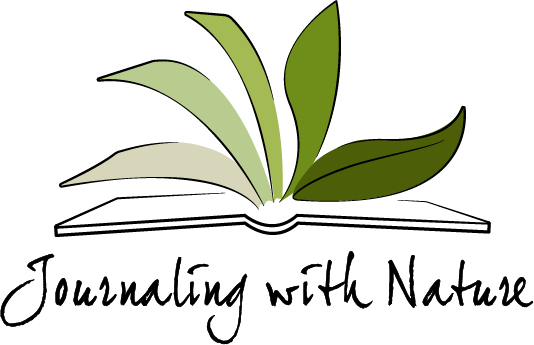



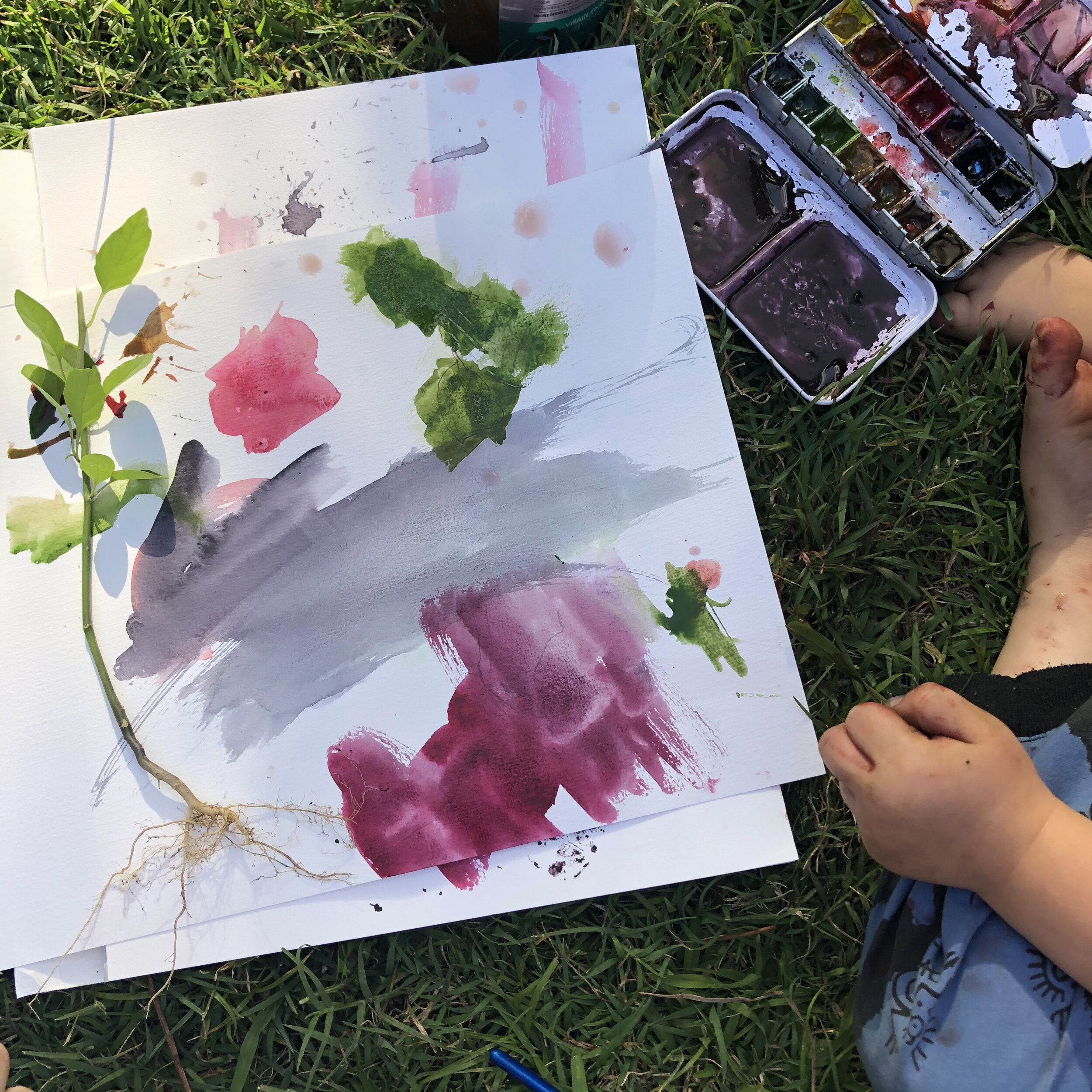
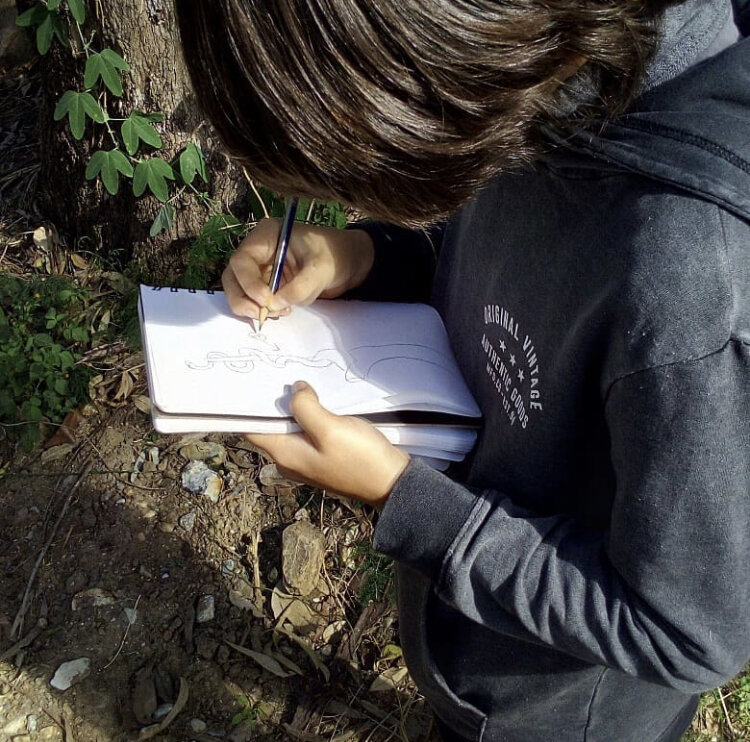

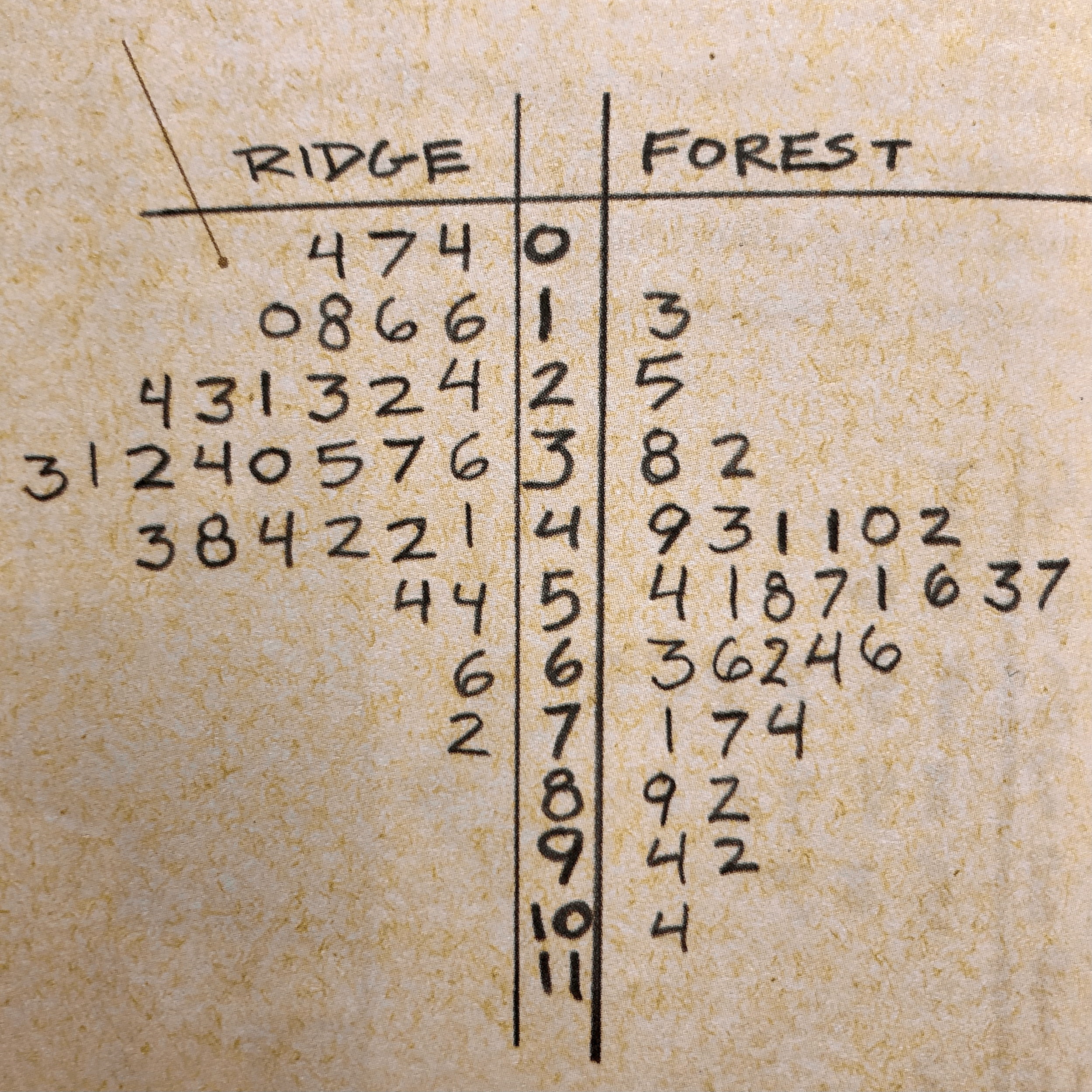
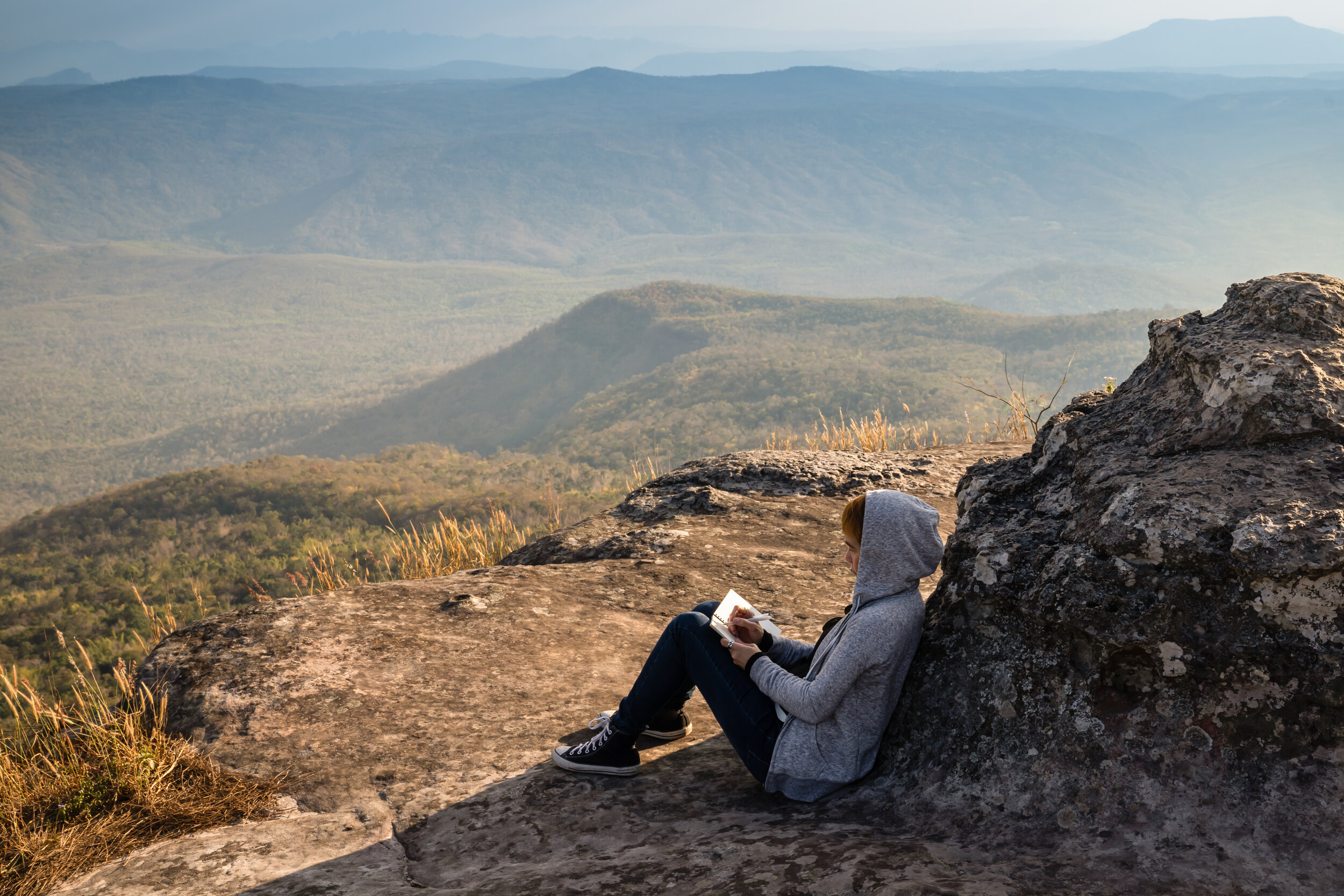




Keeping track of the temperature and weather can be a useful addition to our garden journal. In this blog post I share how I record this information and offer a downloadable template for you to use in your own journal.